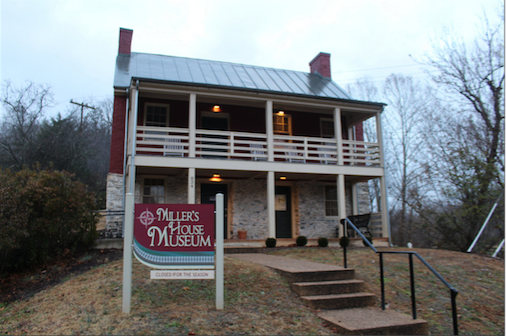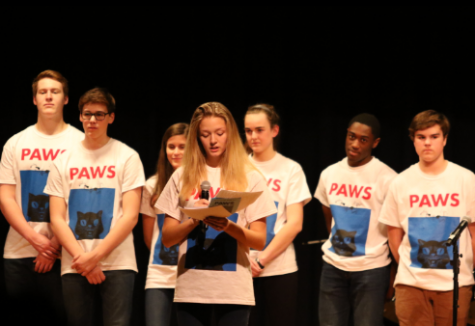Miller House Reveals Lexington History

January 30, 2017
Lexington’s new addition, The Miller House Museum, has set out to inform people about some of Lexington’s hidden history. Located at Jordan’s Point Park, the new museum tells the history of the area, which started out with a vastly different scenery.
Jordan’s Point was once the center of Lexington’s industry. In the early 1800’s, founder John Jordan built a cotton mill, a grist mill, a saw mill, and later, a forge, a foundry, a barrel building facility, and a cotton factory.
Richard Halseth is the board president for the Miller House, and one of the historians who helped put the museum together. Halseth attributes early Lexington’s manufacturing success to transportation.
“You’ve got to imagine all of the heavy industry down here,” said Halseth. “This was a real active place. The reason this all developed is the river and the road. You had transportation to the north, south and east.”
The Miller museum is the last original building remaining at Jordan’s point. Unlike the other structures, the Miller House is located on high ground and was able to survive the numerous floods, according to Halseth.
Lexington was also a resting ground for tens of thousands of immigrants moving south from New York and Pennsylvania. Immigrants traveled by water, train and road through Rockbridge.
The Kanawha canal once allowed safe travel from Buchanan through Rockbridge ending in Richmond. After damage from floods and subsequent technological advances, the canal was soon replaced by the railroad, which was later made obsolete by highways.
The Miller House Museum displays several artifacts from the railroad, including a locomotive’s bell, china from a dining car, and a significant train ticket.
“We have the last ticket, from the last passenger on the last train out of Lexington,” said Halseth.
The Lexington Historical Society initially had the idea of turning the empty house into something beneficial for the community, such as a visitor center. The Society bought the house and gave it to the city of Lexington. The city later received federal grants from the Department of Transportation to restore the house, but the grants required the house had to be turned into a transportation-oriented museum. The city turned to locals with a passion for history, ultimately gathering about 12 historians willing to help create the Miller House Museum.
“The city of Lexington owns the building, so they pay all the utilities, the up-keep, the wear and tear,” said Halseth. “All we had to do was make a museum out of it. Now that’s not as easy as it sounds, because none of us had any experience in museum work.”
The Miller House Museum opened in May 2016 and is opened on Sundays from 1 p.m. to 4 p.m.. However, it will be closed during the winter and reopen in the spring. The museum’s limited hours are due to a lack of volunteer attendants.
“The problem is we don’t have enough volunteers,” Halseth said. “We reopen in the middle of March. I hope when we do we can open on Saturday and Sunday. We just have to get volunteers.”
Despite the limited hours, Halseth enjoys his work.
“People just come out of the woodwork with stories,” said Halseth. “One fellow was in here, he says, ‘Oh I remember this house.’ He got his moonshine in this place. Evidently someone had lived here and was selling moonshine on the side. You get people’s funny stories and experiences with places like this.”
The museum board’s plans for the future include a walking tour around Jordan’s Point where tourists can see the remains of what once was a bustling area.
Frequent visitors include tour groups from the Kendal retirement community and Rockbridge natives, some who remember the history, and others who looking to discover it.







